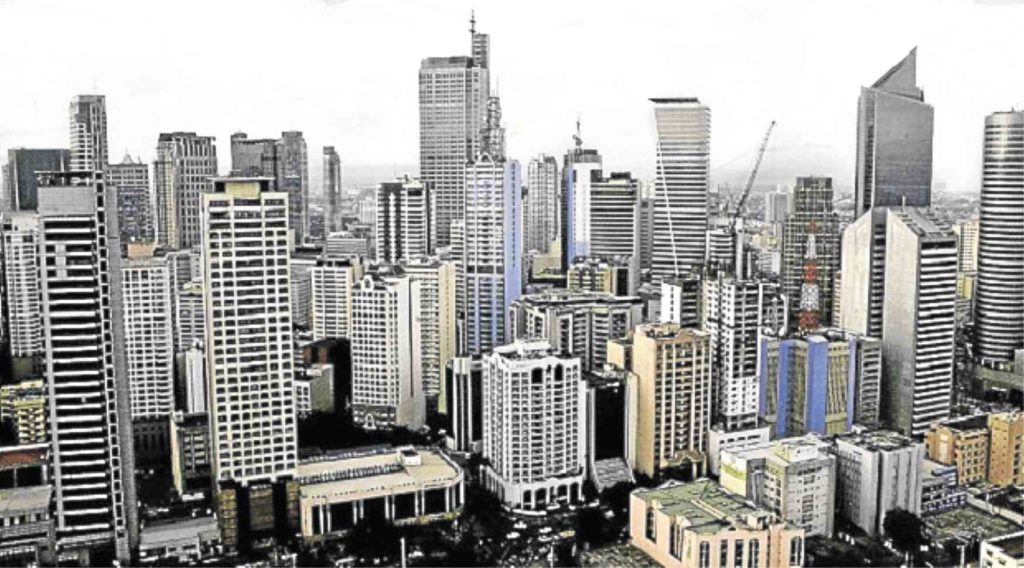Designing to fight climate change

The consequences of inefficient buildings may only grow in significance, raising energy costs for consumers and tripling building emissions by 2050.
Over the next 30 years, some 2.4 billion people are forecasted to live and work in the cities within the Pacific Rim economies, according to estimates by the Asia Pacific Economic Cooperation (Apec).
But there is a clear downside to this massive urban migration should no clear plans on sustainable urban development be implemented across the region.
For instance, the consequences of inefficient buildings may only grow in significance, raising energy costs for consumers and tripling building emissions by 2050. As it is, buildings already account for about a third of energy use and a fifth of energy-related carbon emissions globally.
New action
This has thus prompted new action in Apec to break ground on next generation building development, amid spiking environmental and economic costs of energy inefficient homes and offices, exacerbated by soaring temperatures and cooling needs.
“The Asia-Pacific is leading the way when it comes to building construction but energy efficiency standards are not keeping pace,” explained Dr. Jyuung-Shiauu Chern, lead shepherd of the Apec Energy Working Group. “Overall, we’re most concerned about increasing demand for cooling linked to rising temperatures.”
“We are taking new steps in Apec to help our member economies optimize local building codes needed to phase in more energy efficient projects. Improving these codes will ultimately reduce energy costs for residents and businesses while tackling emissions to fight climate change,” Dr. Chern said in a statement issued by Apec.
Energy consumption in buildings in developed economies is in many cases inefficient and wasteful due to continued use of outdated technologies and standards. Adding to concerns is the fact that building projects in developing economies are following suit.
“There is a correlation between energy demand and economic growth, and increasing floor area and energy demand,” explained Peter Graham, executive director of the Global Buildings Performance Network.
“Significant changes within the building sector are urgently needed and require bridging knowledge gaps and aggressive policy measures,” Graham said.
Collaboration
Apec is thus enabling public-private collaboration to assess building efficiency challenges and facilitate technical solutions to curb energy demand growth rates as quickly as possible.
This would include identifying areas of agreement on energy efficiency and energy requirements in building codes, and supporting deployment across the region.
“The building sector is very fragmented and the majority of construction activity is being conducted by small to medium enterprises,” Graham said. “Building codes can be innovation platforms to raise the minimum performance requirements of an industry that has very little time or capacity to innovate.”
“These businesses are mainly small companies that don’t have huge research and development, or training budgets. They have to be on the job to make money. By adopting best practices in building code development, we can signal in advance where new performance requirements will be set. We are then able to educate and prepare them to meet higher efficiency standards,” Graham concluded.














